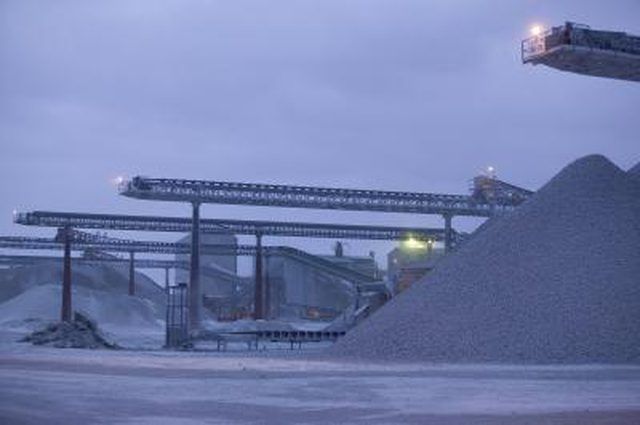Bulbs
Flower Basics
Flower Beds & Specialty Gardens
Flower Garden
Garden Furniture
Garden Gnomes
Garden Seeds
Garden Sheds
Garden Statues
Garden Tools & Supplies
Gardening Basics
Green & Organic
Groundcovers & Vines
Growing Annuals
Growing Basil
Growing Beans
Growing Berries
Growing Blueberries
Growing Cactus
Growing Corn
Growing Cotton
Growing Edibles
Growing Flowers
Growing Garlic
Growing Grapes
Growing Grass
Growing Herbs
Growing Jasmine
Growing Mint
Growing Mushrooms
Orchids
Growing Peanuts
Growing Perennials
Growing Plants
Growing Rosemary
Growing Roses
Growing Strawberries
Growing Sunflowers
Growing Thyme
Growing Tomatoes
Growing Tulips
Growing Vegetables
Herb Basics
Herb Garden
Indoor Growing
Landscaping Basics
Landscaping Patios
Landscaping Plants
Landscaping Shrubs
Landscaping Trees
Landscaping Walks & Pathways
Lawn Basics
Lawn Maintenance
Lawn Mowers
Lawn Ornaments
Lawn Planting
Lawn Tools
Outdoor Growing
Overall Landscape Planning
Pests, Weeds & Problems
Plant Basics
Rock Garden
Rose Garden
Shrubs
Soil
Specialty Gardens
Trees
Vegetable Garden
Yard Maintenance
How to Calculate Limestone Needs
How to Calculate Limestone Needs. Gardeners incorporate ground limestone into soil to alter the soil's pH -- or acidity -- level and to provide essential nutrients for plants. An organic fertilizer, limestone raises the pH of acidic soils and provides calcium to plants. Most garden soils, however, contain a sufficient amount of calcium. So...

Gardeners incorporate ground limestone into soil to alter the soil's pH -- or acidity -- level and to provide essential nutrients for plants. An organic fertilizer, limestone raises the pH of acidic soils and provides calcium to plants. Most garden soils, however, contain a sufficient amount of calcium. So gardeners primarily apply limestone to change pH. Before using ground limestone in your garden, run a test to find its soil's pH level; soil test kits are available at garden centers and Cooperative Extension Service offices.
Level to Make Soil pH
The optimum pH level for many garden plants ranges from 6.0 to 7.5. Acidic soil with a pH of less than 6.5 makes many nutrients unavailable to plants and may result in poor plant growth. Mixing ground limestone into surface soil three to four months before planting raises the soil's pH. Turn or till ground limestone into the top 6 inches of garden soil. If tilling isnít possible, spread ground limestone on the soil surface in early spring. Freezing and thawing of the soil during early spring allows the limestone to incorporate into the soil. The amount of ground limestone to use depends on the soil's texture and its current pH level.
Amount to Incorporate into Sandy Loam Soil
Raising the pH level from 5.0 to 6.5 in sandy loam soil requires the addition of 8 pounds of ground limestone per 100 square feet of garden surface area. In order to increase the pH from 5.5 to 6.5, add 6 pounds of ground limestone to 100 square feet of soil surface. Increase the pH from 6.0 to 6.5 by adding 3 pounds of ground limestone to 100 square feet of soil surface.
Amount to Incorporate into Loam Soil
Adding 10 pounds of ground limestone per 100 square feet of soil surface increases loam soil's pH level from 5.0 to 6.5. If the loam soil has a pH of 5.5, add 8 pounds of ground limestone to raise the pH to 6.5. Loam soil that is pH 6.0 needs 4 pounds of ground limestone to reach 6.5 pH.
Amount to Incorporate into Clay Loam Soil
Clay loam soil requires more limestone than other types of soil to increase its pH level. In order to raise its pH from 5.0 to 6.5, incorporate 15 pounds of ground limestone per 100 square feet of soil surface, and to raise the pH from 5.5 to 6.5, add 10 pounds of ground limestone. Adding 6 pounds of ground limestone increases clay loam's pH from 6.0 to 6.5.
Type of Limestone to Use
You have several choices when buying limestone. Dolomitic limestone provides calcium and magnesium carbonates to soil while calcitic limestone provides only calcium carbonates. Hydrated lime, or calcium hydroxide, is caustic to humans, plants and animals in soil, and so its use isn't advised for gardens. Repeated applications of ground limestone may be necessary to maintain soil's optimal pH level. A soil test will help you determine when incorporating additional ground limestone is necessary.